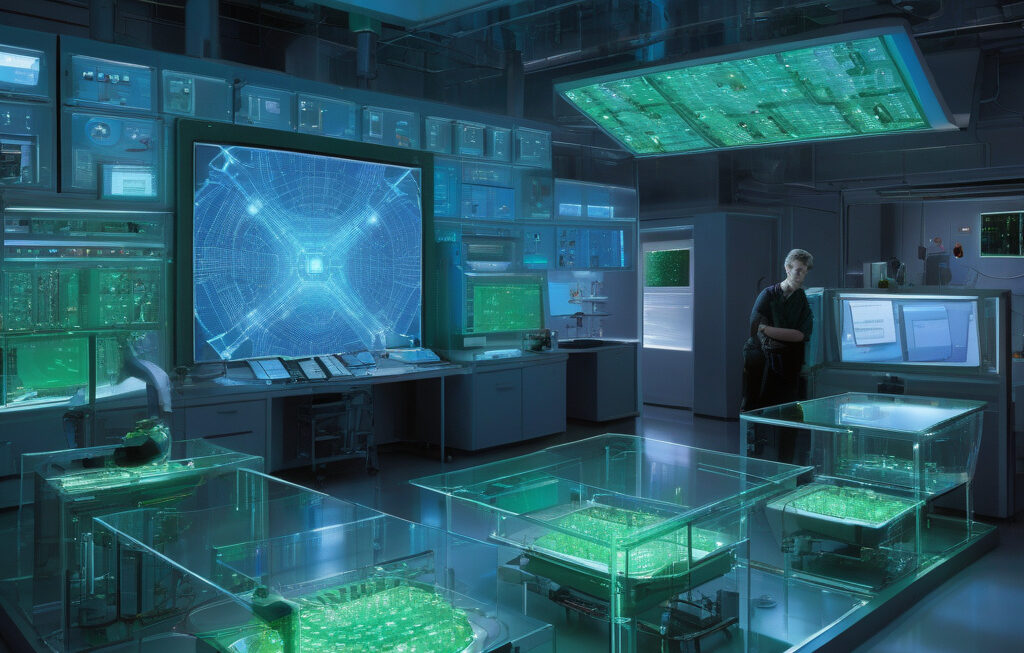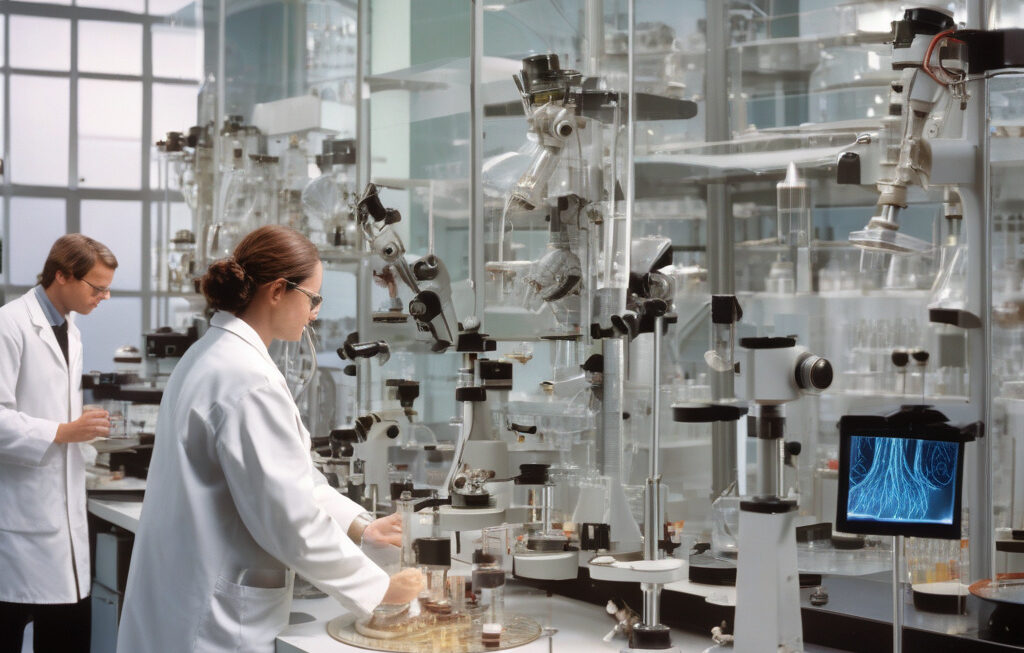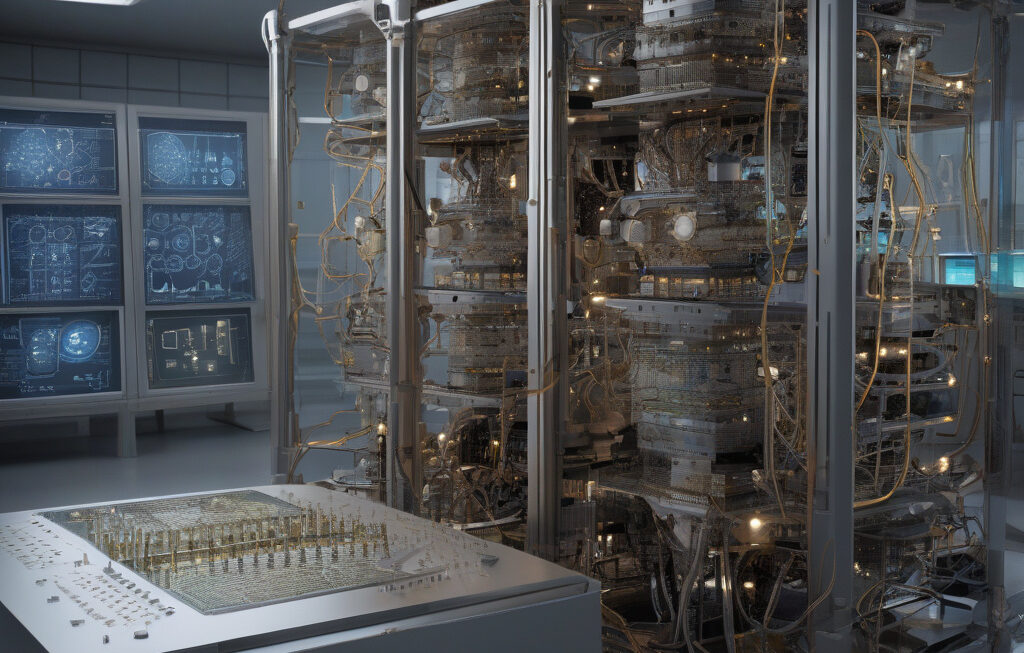New Robotic System Uses AI to Analyse Water Quality
In the realm of technological advancements, a groundbreaking development has emerged in the form of a new robotic system that harnesses the power of Artificial Intelligence (AI) to assess the quality of water. This innovative approach, recently unveiled in a study in Robot Learning, showcases the potential for AI-infused robots to revolutionize the analysis of water samples both on our planet and beyond.
The core of this pioneering system lies in its ability to seamlessly integrate machine learning with sophisticated decision-making processes. By leveraging a hybrid methodology that combines the TOPSIS decision-making technique with a Random Forest Classifier, researchers have empowered robots to not only identify different types of water but also classify them with remarkable accuracy.
Traditionally, water quality analysis has been a labor-intensive and time-consuming task, requiring human intervention and specialized equipment. However, with the advent of this new robotic system, the process has been streamlined and optimized to a significant degree. The AI-powered robots can swiftly detect variations in water composition, distinguish between different categories such as potable and non-potable water, and provide valuable insights for environmental monitoring and resource management.
Moreover, the implications of this technological breakthrough extend far beyond Earth’s confines. With the capability to analyze water quality on other planets, these AI-driven robots could play a pivotal role in future space exploration missions. By equipping spacecraft with such intelligent systems, scientists and researchers can gather crucial data about the presence of water and its suitability for sustaining life on distant celestial bodies.
The successful fusion of AI, robotics, and water quality analysis underscores the immense potential of interdisciplinary collaborations in pushing the boundaries of scientific innovation. It exemplifies how cutting-edge technologies can be harnessed not only for enhancing existing processes but also for opening up new frontiers of exploration and discovery.
As we stand on the cusp of a new era marked by unprecedented technological progress, the convergence of AI and robotics is poised to redefine our approach to addressing complex challenges, such as environmental monitoring and resource conservation. The journey towards harnessing the full capabilities of these intelligent systems is just beginning, promising a future where AI-powered robots will serve as invaluable allies in our quest for knowledge and sustainability.
In conclusion, the advent of the new robotic system utilizing AI for water quality analysis heralds a transformative chapter in scientific research and exploration. By marrying cutting-edge technologies with the age-old imperative of safeguarding our most precious resource—water—we are paving the way for a more informed, efficient, and sustainable future.
innovations, technology, AI, robotics, waterquality












